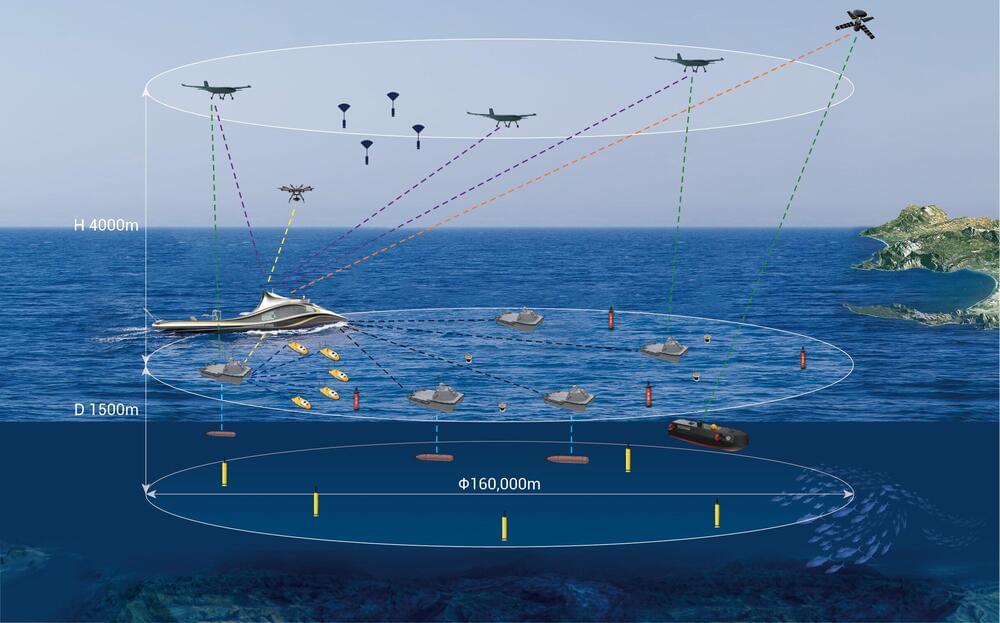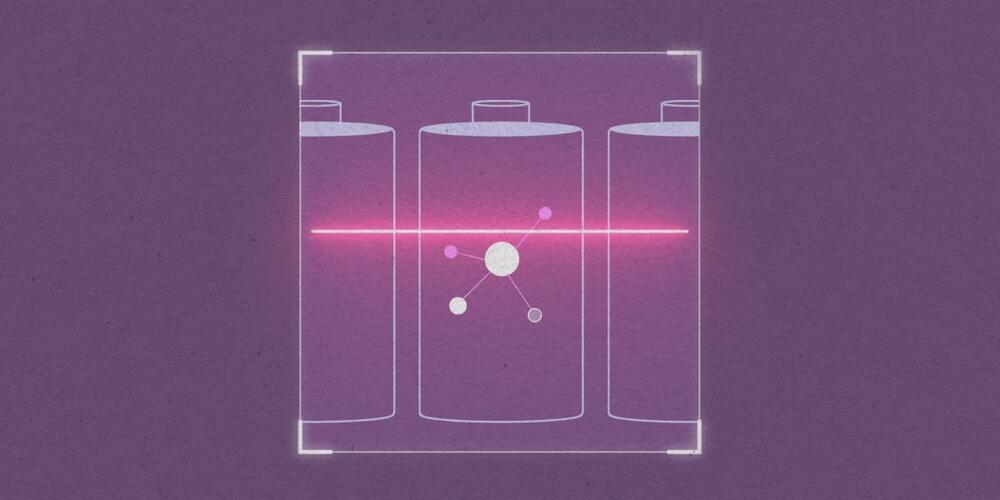The ocean has always been a force to be reckoned with when it comes to understanding and traversing its seemingly limitless blue waters. Past innovations such as deep-sea submersibles and ocean-observing satellites have helped illuminate some wonders of the ocean though many questions still remain.
These questions are closer to being answered thanks to the development of the Intelligent Swift Ocean Observing System (ISOOS). Using this system, targeted regions of the ocean can be mapped in a three-dimensional method allowing for more data to be gathered in a safer, quicker and more efficient method than existing technologies can achieve.
Researchers published their results in Ocean-Land-Atmosphere Research.









